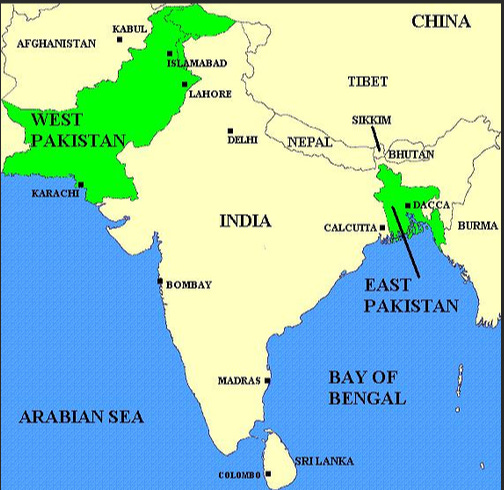
BY GEORGE HALVORSON
We know from the current annual report from the Medicare trustees that Medicare Advantage is saving Medicare, and that Medicare will be a much stronger program as Medicare Advantage continues to grow.
When we look at actual numbers from that report, we see that Medicare Advantage cost Medicare $403.3bn last year.
The report shows that Medicare is growing 6.7% each year in total revenue. We see that Medicare Parts A and B have expense growth that slightly exceeds 8%, and that Medicare Advantage is projected to have expense growth of 4.2% for the year.
That means we’re losing money from the fee-for-service part of the Medicaid program — and that is eating into the Medicare trust fund. We also can see that Medicare Advantage is making a surplus for Medicare, and is increasing the size of the fund.
We know that Medicare Advantage bids against the average cost of Medicare in every county to create the capitation levels for each year. Those bids are typically discounted by 15% (or more) from the average Medicare cost.
Those discounted bids cost Medicare less in actual dollars each month. The Medicare Advantage critics speculate about coding levels for the plans, but the Medicare trust fund doesn’t care about codes.
They only care about actual dollars. When you look at actual dollars, we see that Medicare spent $403.3bn to pay for the coverage with Medicare Advantage plans.
Continue reading…
















